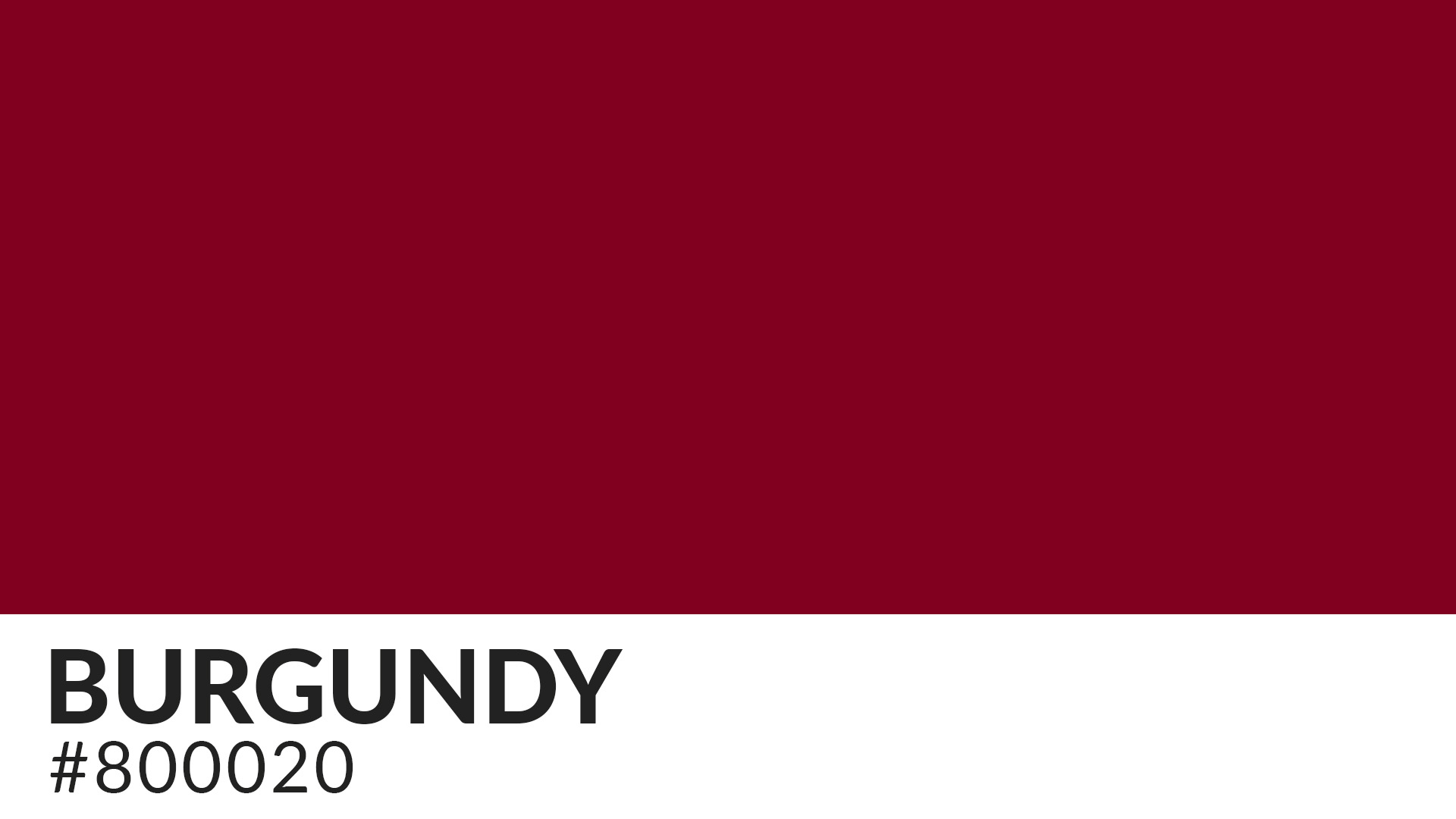Colors are the most primal form of expression. They can signify emotion, induce memories, and can improve a general, overall outlook on things. If not for colors, the world would be a pretty bland place to live in.
We see a lot of different colors everyday; but have you ever wondered what the history of each color is? Or how the color came into being? Today we will dive into a color of richness and sophistication: Burgundy.
Burgundy is a decadent and rich color. It’s loud yet subtle; sexy yet elegant. This sultry derivative of maroon is an enticing color, and we’re here to tell you all about its origins, background, history, and more!
What is Burgundy?
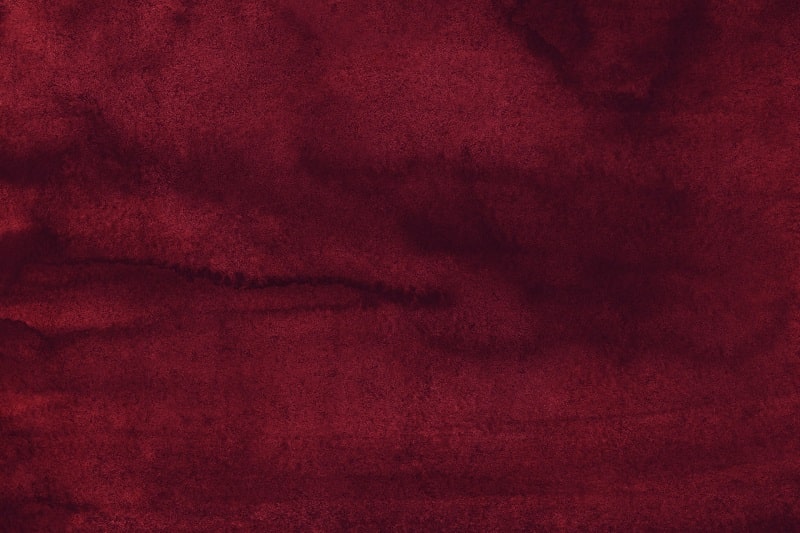
The color burgundy is often misunderstood and mistaken for its sister colors (maroon or red), but it is in fact, a deep, rich, reddish-brown shade – similar to the intoxicating color of wine!
Burgundy has marvelous purple and brown undertones to it. It exudes elegance and is a timeless, classic color that brings warmth to the eyes. It is mostly used in fall or winter color palettes. However, it can also be a bold choice during the summer and spring seasons, when used appropriately.
Burgundy: Origin and History
Burgundy derives its name from the wine produced in the Burgundy region of France. It was originally known as ‘Bordeaux’, which was another region making wine in a similar shade.
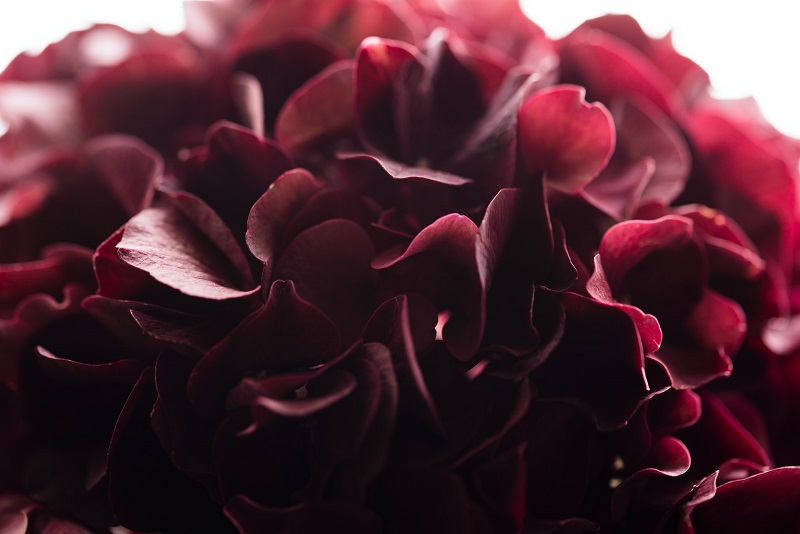
The color and word ‘Burgundy’ was popularized in the English language during the 1800s due to the influx of French wine into English-speaking countries.
Burgundy was popularized in the cosmetic industry circa 1920, specifically in hair dyes. High class women or theatrical actresses often colored their hair in this deeply layered color to express virtues of wealth, modernity, and appeal.
In the 90s, its demand seeped into the cosmetic industry, and soon, factories were manufacturing burgundy-colored lipsticks due to high demand. It was one of the most popular and coveted lipstick colors of that era.
Some considered it too bold as it was adorned by the goth subculture. It was also popularized in the movie industry when Will Pharrel donned a Burgundy suit for his movie ‘Anchorman – The Legend of Ron Burgundy’ was named after the color Burgundy.
It is also the color that has been used for decades for European-union-issued passports.
Meaning of the Color Burgundy

Burgundy possesses charismatic undertones of red and purple; both these undertones scream sophistication, wealth, royalty, and boldness.
The rich red component represents passion and brings a sense of warmth that improves the appetite and uplifts the mood – especially during the winters.
The luxury and richness associated with this color are often misconstrued as a negative element that represents pride and arrogance.
Burgundy can also be too out there or bold for some people, but when used the right way and in moderation, the pros outweigh the cons.
Color Combinations with Burgundy
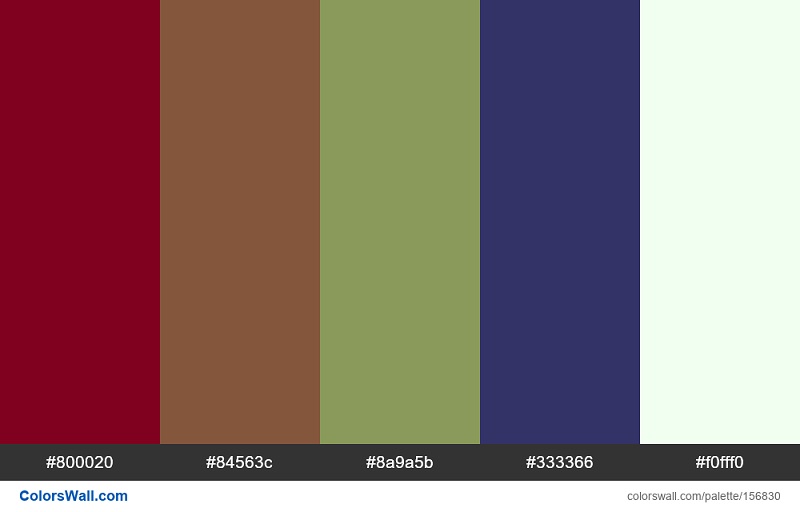
Shades of grey work wonders with this rich color. Together, they form a dynamic duo. Burgundy also pairs well with shades of gold, yellow, and teal, giving them depth and brightening them up even more.
If you find yourself reaching out for airy, breezy, and uniform monotones, you’d be pleased to know that Burgundy makes a friendly alliance with neutral colors like black, white, and beige too.
More Spicy Combos
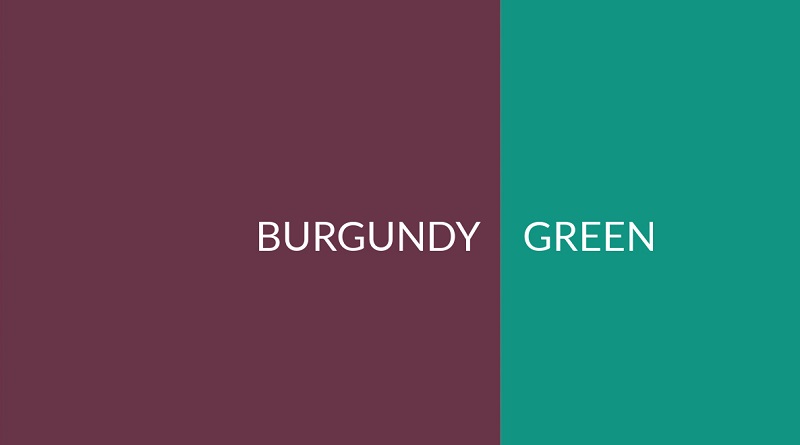
If you want to get more technical and pull up a color wheel, then you’ll see that the color that perfectly compliments burgundy is the one color exactly opposite to burgundy on the color wheel: Cyan.
These colors create a powerful contrast; therefore, too much of either one can become overbearing on the eyes. However, if used in moderation, it can be the ultimate color combination.
You can also pair burgundy with like shades and similar hues such as maroon, red, and orange. Even simple variations of the color itself harmonize well, when used correctly.
Shades of Burgundy
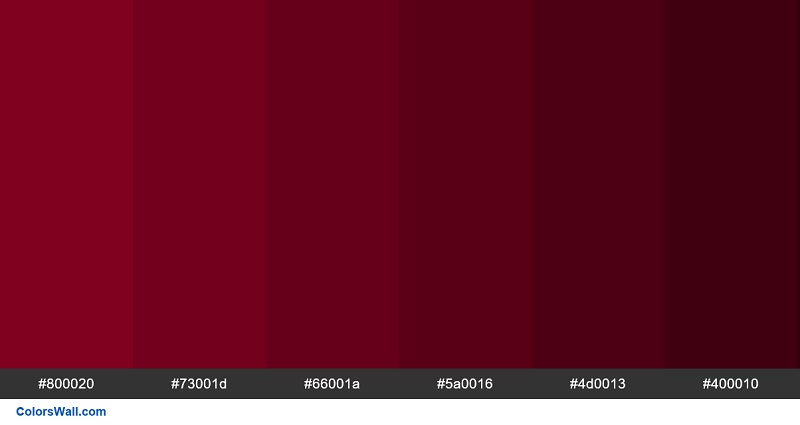
The two most popular shades of burgundy are Vivid Burgundy and Old Burgundy.
Vivid Burgundy, as the name suggests, is more bright than Old Burgundy. It embodies vibrancy and has a strong red undertone to it. Vivid Burgundy is often the shade of choice for hair dyes and is found generously stocked in salons.
Old Burgundy is darker. It expresses robust purple and brown undertones, unlike its counterpart. It has been around longer than Vivid Burgundy.
Other variations of Burgundy include Strauss Pink and Vulcan Burgundy.
Strauss Pink is an amalgamation of pink and burgundy colors; the pink hues are more dominant. Research shows that this color is said to reduce aggressiveness and patterns of hostility.
Meanwhile, Vulcan Burgundy is a combination of pink and red and is more over towards the darker side. It is often described more accurately as a dull grayish-red.
Are Burgundy, Maroon, and Plum the same color?
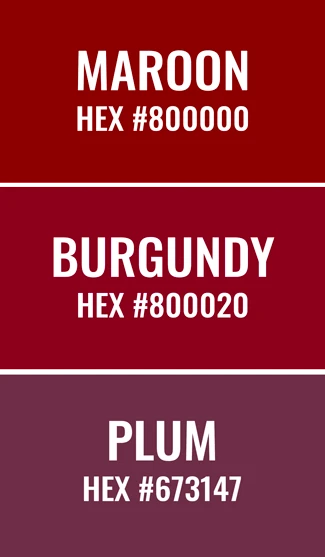
Both Maroon and Burgundy have a red base color, whereas Plum has a purple base color. Maroon and Burgundy can be considered sister colors. Plum, however, has a strong purple undertone to it and is therefore considered an entirely different color.
Burgundy can be differentiated from Maroon on the basis of purple undertones. Burgundy has a purple undertone, and Maroon does not have a purple undertone at all.
How To Make Burgundy with Primary Colors?
Since Burgundy is a reddish-brown color with complimentary undertones of purple, you’ll need two parts of red and one part of blue to bring this color to life. To achieve a luscious, rich shade of burgundy, feel free to add a dash of brown.
The purple tone takes birth with the merging of red and blue colors; therefore, adding supplemental purple is not a requirement. You can adjust the quantities of these two colors to achieve your desired burgundy shade.
Alternatively, you can achieve this color by mixing minute amounts of green and red together. With this method, you may need to keep blue and brown colors on standby for that perfect shade fix.
A hint of orange can also warm the brown base for your color. I would advise you to use warm-toned blues and reds rather than cooler-toned ones; the latter leads to the creation of a plum or purplish burgundy shade.

